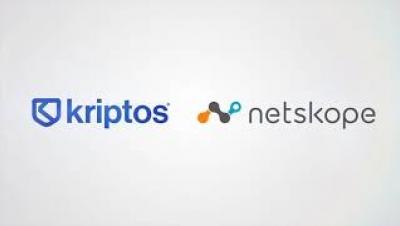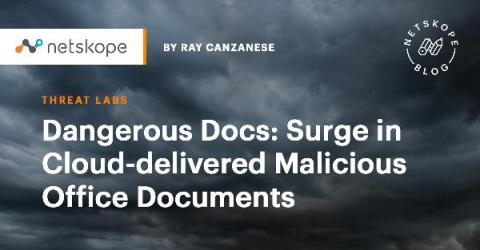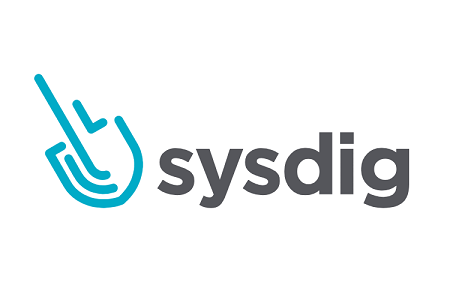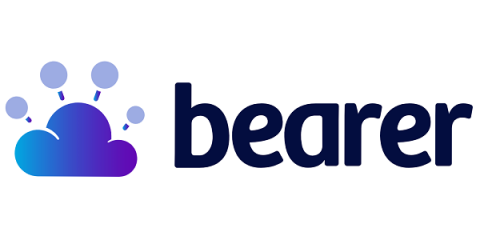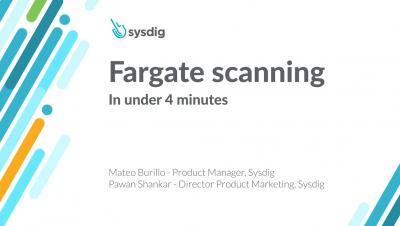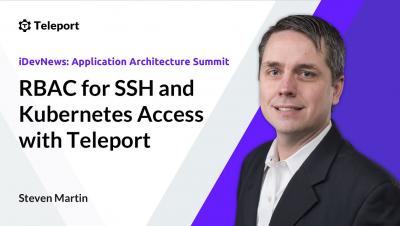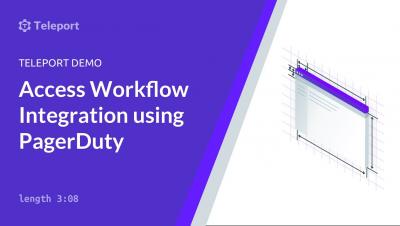Security | Threat Detection | Cyberattacks | DevSecOps | Compliance
Technology
Dangerous Docs: Surge in Cloud-delivered Malicious Office Documents
The global pandemic caused an abrupt shift to remote work among enterprise knowledge workers, which in turn resulted in an increase in risky behavior. Attackers immediately tried to capitalize on the pandemic, with COVID-19-themed phishing emails, scams, and Trojans. At the same time, techniques used in more sophisticated cyberattacks continued to evolve.
Sysdig Boosts AWS Security with the First Automated Inline Scanning for Fargate
Measuring Performance in Node.js with Performance Hooks
Measuring performance in Node.js applications can sometimes be a challenge. Do to the nature of the event loop and asynchronous code, determining the actual time a piece of code takes to execute requires tools built into the platform. First added in Node.js v8.5, as stableas of v12, the Performance Measurement APIs are stable and allow much more accurate monitoring than earlier implementations.
Fargate scanning in under 4 minutes
Shadow IT shaken with a mobile twist
If you bring up the topic of “shadow IT” to your head of IT, you will likely get a lecture about how employees need to follow protocol when using cloud cloud services so they don’t put the organization at risk. They’re not wrong. Without proper protection, unsanctioned tools can have significant consequences and unintentionally introduce security gaps.
Leaky Images: Accidental Exposure and Malware in Google Photos and Hangouts
Did you know that the default link sharing option in Google Photos allows anyone with the link to view the files and all images shared in Google Hangouts that are publicly accessible? In this edition of our leaky app series, we will cover how image link sharing in Google Hangouts and Google Photos can lead to the accidental public exposure of sensitive data. We will also look at the threat detection capabilities of Google Photos and Google Hangouts.
Stories from the SOC - Cloud and On-site Protection
One of the benefits of having your managed detection and response (MDR) service managed by AT&T Cybersecurity is the visibility into threats from a large number of customers of all sizes and across different industries. This allows the team to take what they learn from one customer and apply it to another. Our security operation center (SOC) analysts were able to use an OTX alarm and an AWS correlation rule to discover open ports on public facing servers for two different customers in 24 hours.


